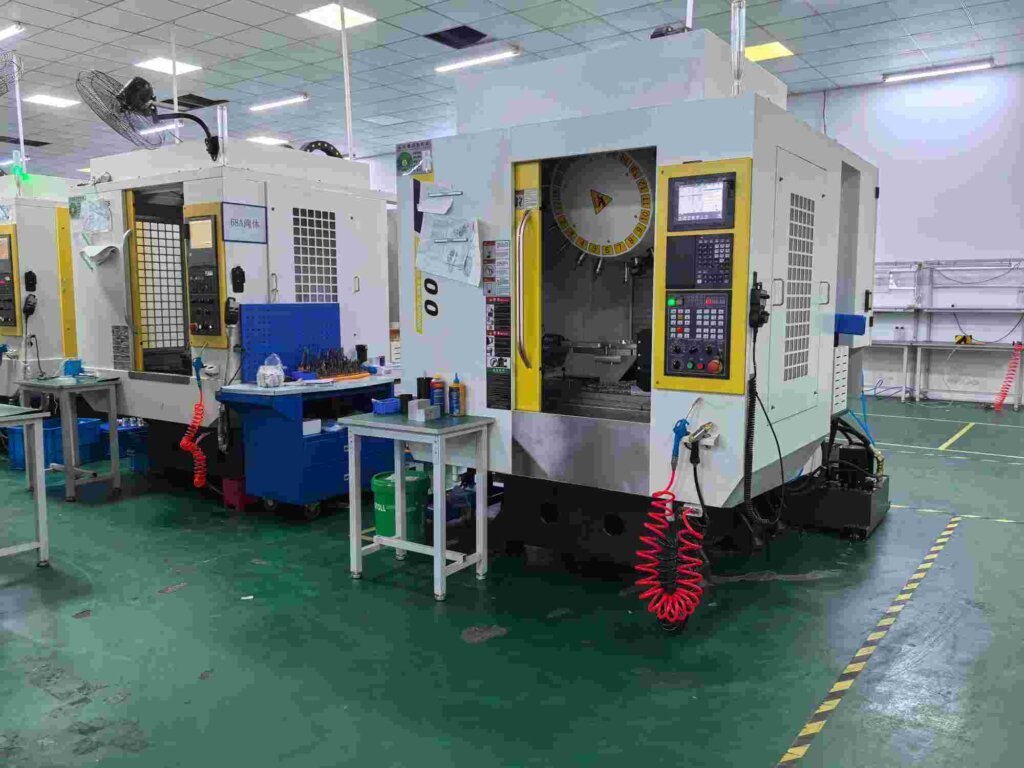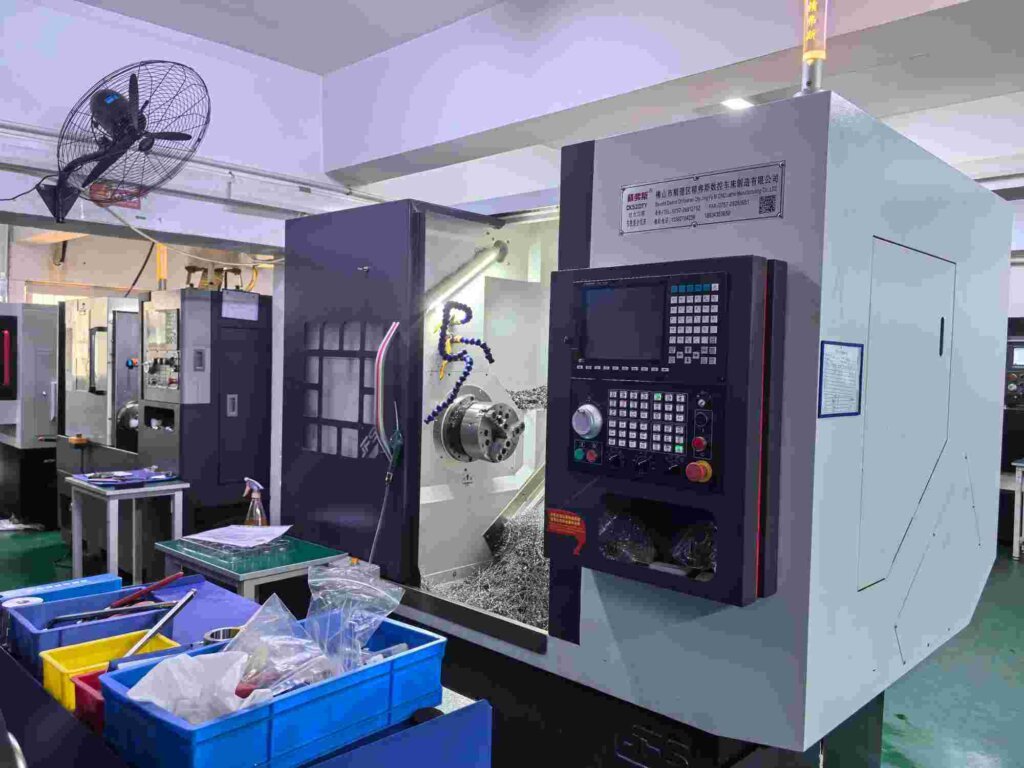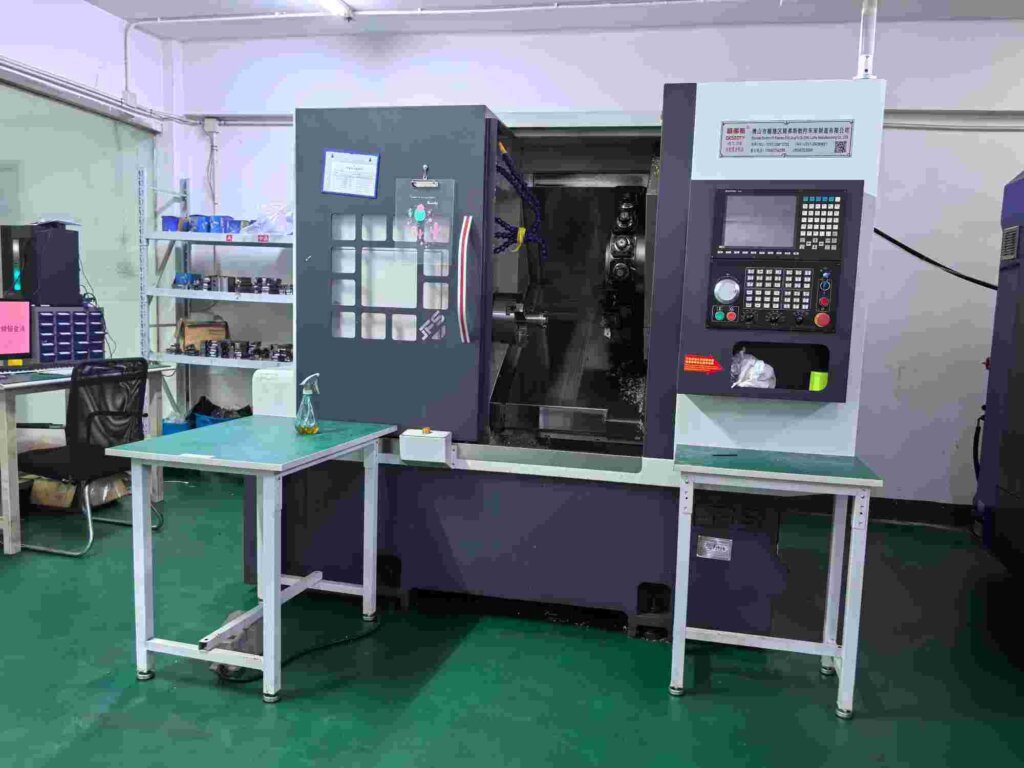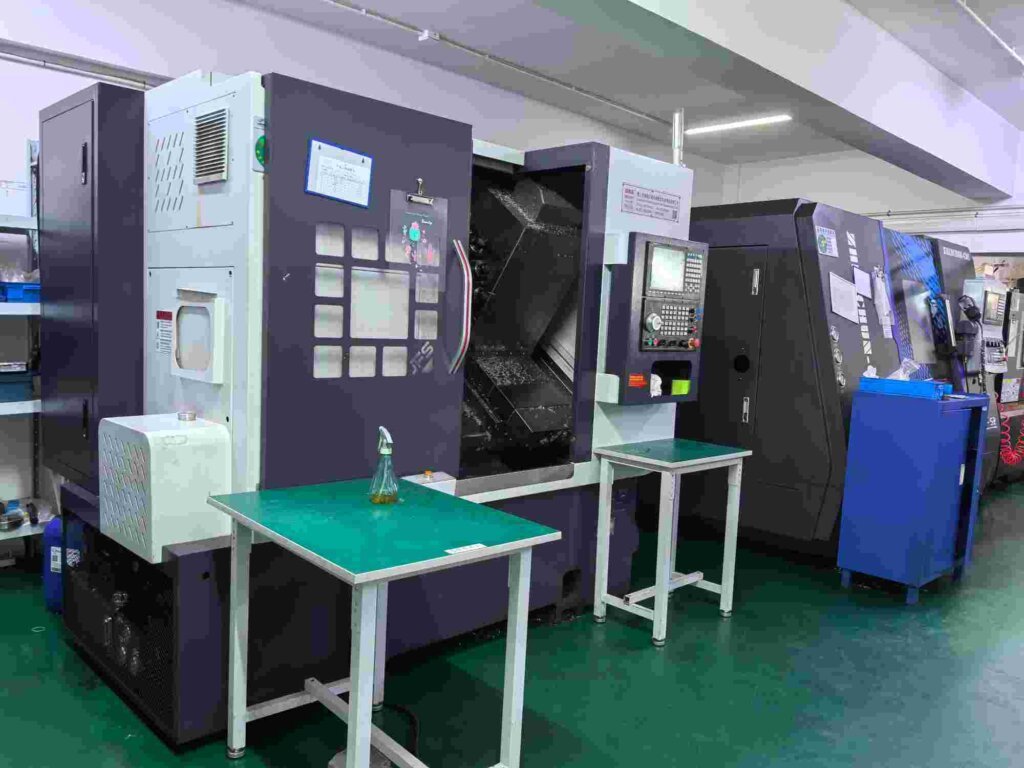If you’ve ever asked yourself, “What does CNC machine stand for?” you’re not alone. CNC machines are everywhere—from the cars we drive to the phones we use—but their inner workings remain a mystery to many. In this article, we’ll uncover the meaning behind CNC, explore how these machines are transforming industries, and reveal why they’re the unsung heroes of modern manufacturing.
What Does CNC Machine Stand For?
CNC stands for Computer Numerical Control. At its core, a CNC machine is a computer-controlled tool that automates the process of cutting, shaping, and finishing materials like metal, wood, and plastic. Think of it as a robot that follows precise instructions to create complex parts with incredible accuracy.
Why CNC Machines Are a Big Deal
- Precision: CNC machines can produce parts with tolerances as tight as a human hair.
- Speed: They work faster than manual methods, slashing production times.
- Versatility: From aerospace components to custom furniture, CNC machines can handle it all.
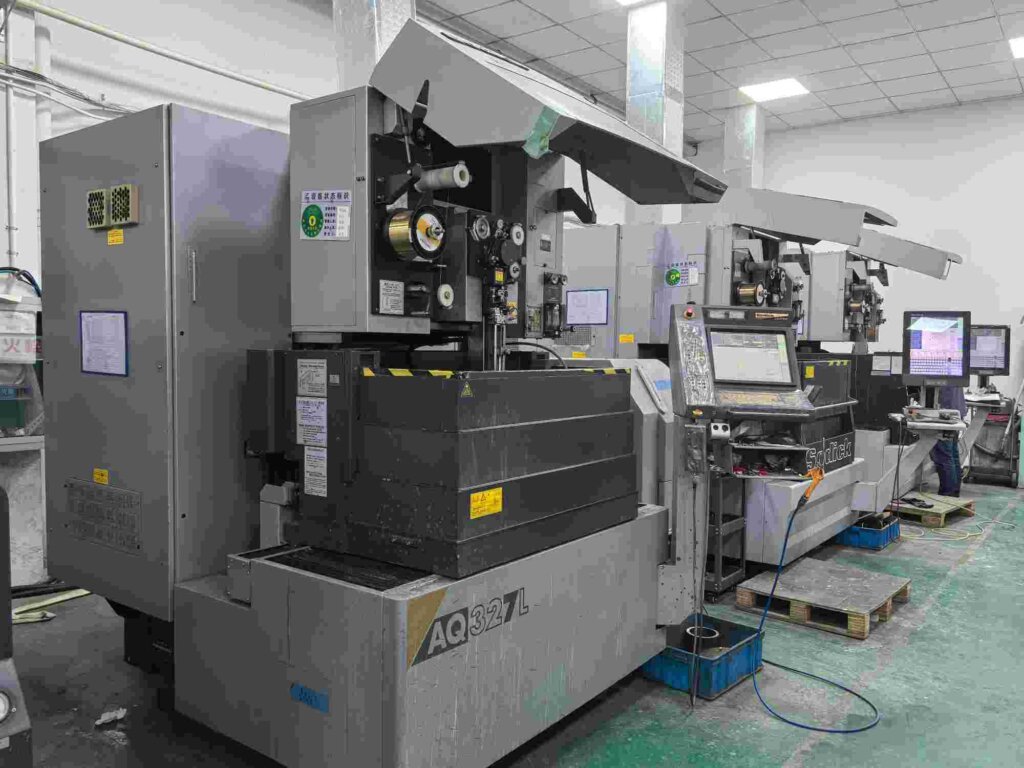 How CNC Machines Are Changing the Game
How CNC Machines Are Changing the Game
CNC machines are revolutionizing industries by making manufacturing faster, cheaper, and more precise. Here’s how they’re making an impact:
1. From Blueprint to Reality
The journey of a CNC-machined part begins with a 3D CAD model. This digital design is like a blueprint, guiding the machine on how to cut and shape the material. Once the design is ready, it’s converted into G-code, a language that tells the machine exactly what to do.
- Real-World Example: A furniture designer used a CNC machine to turn a CAD model of a custom table into a finished product in just two days—something that would have taken weeks by hand.
2. Materials Matter
CNC machines can work with a wide range of materials, each chosen for its unique properties:
- Metals: Aluminum for lightweight parts, stainless steel for durability, titanium for strength.
- Plastics: ABS for affordability, polycarbonate for impact resistance, nylon for wear resistance.
- Wood: Hardwood for aesthetics, plywood for affordability, MDF for smooth finishes.
3. The Magic of Automation
Once the machine is set up, it can run autonomously, cutting and shaping materials with minimal human intervention. This not only speeds up production but also reduces the risk of errors.
- Fun Fact: A single CNC machine can produce hundreds of identical parts with near-perfect consistency—something that’s nearly impossible with manual methods.
Why CNC Machines Are Essential in Modern Manufacturing
1. Precision That’s Hard to Beat
In industries like aerospace and medical devices, even the tiniest error can have serious consequences. CNC machines deliver the precision needed to create parts that meet strict quality standards.
- Case Study: A medical device company used CNC machining to produce surgical instruments with tolerances of ±0.0002 inches, ensuring perfect performance in the operating room.
2. Faster Time-to-Market
With CNC machines, companies can go from design to production in record time. This is especially important in industries like consumer electronics, where speed is key to staying competitive.
- Example: A tech startup used CNC machining to prototype a new smartphone case in just 48 hours, allowing them to test and refine their design quickly.
3. Cost Savings in the Long Run
While CNC machines require a significant upfront investment, they can save money in the long run by reducing material waste and labor costs.
- Stat: According to a 2021 report by Manufacturing Global, companies using CNC machines saw a 20% reduction in production costs over five years.
Applications of CNC Machines
1. Automotive Industry
CNC machines are used to create everything from engine blocks to custom car parts. For example, Tesla relies on CNC machining to produce high-precision components for its electric vehicles.
2. Aerospace Industry
The aerospace sector uses CNC machines to manufacture lightweight, high-strength parts like turbine blades and fuselage frames. Boeing, for instance, uses CNC machines to produce components for its 787 Dreamliner.
3. Art and Design
Artists and designers use CNC machines to create intricate sculptures, furniture, and decorative pieces. A wood sculptor reported a 30% increase in productivity after switching to a CNC machine.
Challenges and Limitations
1. High Initial Cost
CNC machines can be expensive, with prices ranging from $50,000 for basic models to over $500,000 for advanced systems. However, many companies find the long-term savings justify the investment.
2. Skilled Labor Shortage
Operating a CNC machine requires specialized training. A 2021 report by IndustryWeek highlighted a growing skills gap, with many companies struggling to find qualified operators.
3. Material Waste
CNC machining is a subtractive process, meaning it generates material waste. For complex designs, this can result in significant scrap.
The Future of CNC Machines
1. Smarter Machines
The integration of IoT (Internet of Things) and AI (Artificial Intelligence) is making CNC machines smarter. For example, predictive maintenance systems use AI to monitor tool wear and optimize machining parameters in real-time.
2. Hybrid Manufacturing
Combining additive manufacturing (3D printing) with CNC machining allows for the creation of complex geometries with minimal waste. Hybrid machines are becoming increasingly popular in industries like aerospace and medical devices.
3. Advanced Materials
New materials, such as high-performance alloys and ceramic composites, are expanding the possibilities for CNC machining.
Conclusion
So, what does CNC machine stand for? It stands for precision, efficiency, and innovation. These machines are the backbone of modern manufacturing, enabling the production of high-quality parts with unmatched accuracy. From cars to medical devices, CNC machines are shaping the world around us.
If you’re considering investing in CNC technology, now is the time. With advancements in smart manufacturing and hybrid technologies, the future of CNC machines is brighter than ever. Whether you’re a small business owner or a large manufacturer, CNC machines can help you stay ahead of the competition.
References
- Manufacturing Global (2021) – Report on cost savings with CNC machining.
- IndustryWeek (2021) – Article on the skills gap in CNC machining.
- Aerospace Manufacturing and Design (2022) – Report on CNC machining in aerospace.
- Medical Design & Outsourcing (2023) – Case study on CNC machining in medical devices.
- Woodworking Network (2021) – Study on CNC machining in woodworking.


